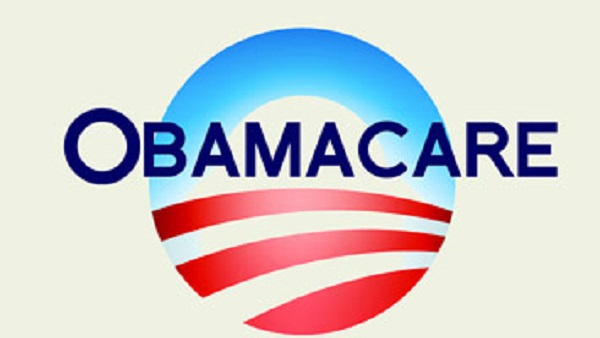Earlier this week, Congress voted to reopen the government following a 3-day shutdown. While the focus was on the short term extension of funding levels, one small but very important measure was also attached to the bill and is now law.
The New York Times headline summarizes it aptly: “There’s a Surprise in the Government Funding Bill: More Tax Cuts.”
At stake was a scheduled enormous 40% excise tax on employer-paid health insurance premiums if they exceeded a governmentally-imposed limit. This so-called “Cadillac tax” was created by Obamacare, but facing vehement opposition from Democrats and Republicans alike, it had yet to go into effect.
The government funding bill, while not eliminating the tax, now delays it until 2020.
“Sen. Dean Heller (R-Nv.) has been a leader in securing the postponement of the Cadillac tax,” said Jennifer Popik, JD, Legislative Director for National Right to Life. “Millions of Americans owe a debt of gratitude to Sen. Heller for his work postponing this 40% excise tax on millions of employer-based health care plans—a number that would otherwise have rapidly increased.”
Tracy Watts, the U.S. Leader for Health Care Reform at Mercer and a Senior Partner in the firm’s Washington, DC office, told Forbes magazine, “(The) Cadillac Tax was the biggest concern for employers that provide health insurance to 178 million Americans. Nearly a fourth of employers were likely to get tagged by the tax in its first year, even though it was supposedly going to affect only very rich – ‘Cadillac’ – health plans.”
Background
As noted above, Obamacare is slated to impose this 40% excise tax on employer-paid health insurance premiums above a governmentally-imposed limit. The so-called “Cadillac tax” will have its intended result of effectively imposing a price control on health insurance premiums. By design, the tax is constructed in such a way as to sweep an increasing amount of plans in year after year.
David Nather, in his 2013 September 30 Politico article “How Obamacare affects businesses – large and small” explained the coming phenomenon:
For one thing, the thresholds were set in 2010, and even though the law has a method for raising them if there’s a lot of growth in health care spending, employers are still concerned that they’ll get busted for offering fairly standard plans… [Thresholds will] be linked to the increase in the consumer price index, but medical inflation pretty much always rises faster than that. Think of the Cadillac tax as the slow-moving car in the right lane, chugging along at 45 miles per hour. It may be pretty far in the distance, but if you’re an employer and you’re moving along at a reasonable clip in the same lane — say, 60 miles per hour — and you don’t slow down, you’re going to run smack into it.
Employers could pass along these massive tax increases to employees as taxable income. However, it is widely projected that employers will instead offer skimpier plans that are far more likely to restrict access to life-saving medical care.
Keep up with the latest pro-life news and information on Twitter. Follow @LifeNewsHQ
Like a ticking time bomb, Obamacare is set to slowly begin the process of destroying much that is valuable in the health care system which has evolved to serve Americans. It is wrong to suppose– as does Obamacare– that in order to provide health care to those with low incomes the government must limit health care for others, or that the government must “protect” ordinary Americans from using too many of their resources to save the lives of their family members by imposing arbitrary limits on what they are allowed to spend for health insurance and health care.
But that is just what the “Cadillac tax” intends to do–squeeze out plans that allow people access to sometimes expensive, but lifesaving, medical care.
Until the day this dangerous “Cadillac tax” can be fully repealed, Congress has taken the excellent step of delaying it.
For documentation on the way medical inflation exceeds the average rate given by the consumer price index (CPI), see nrlc.org/uploads/medethics/MedicalInflationOutpacesCPI.pdf.
LifeNews.com Note: Dave Andrusko is the editor of National Right to Life News and an author and editor of several books on abortion topics. This post originally appeared in at National Right to Life News Today —- an online column on pro-life issues.








